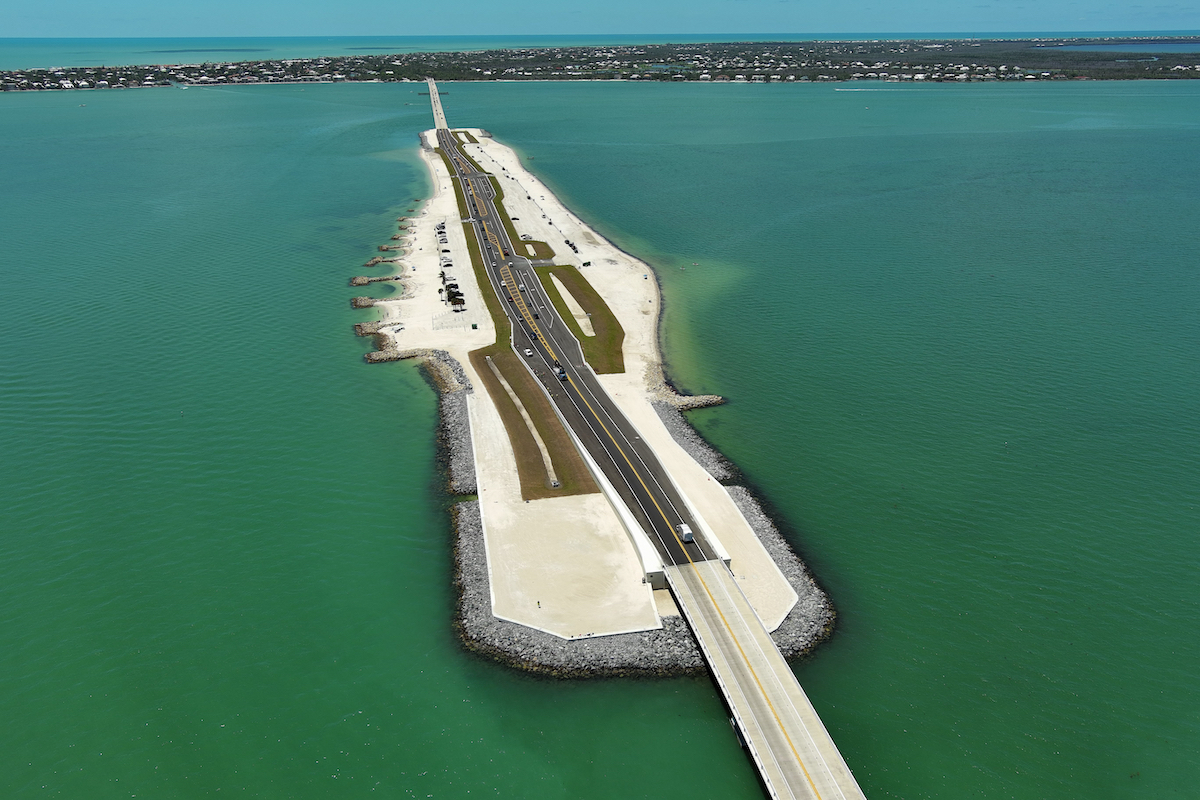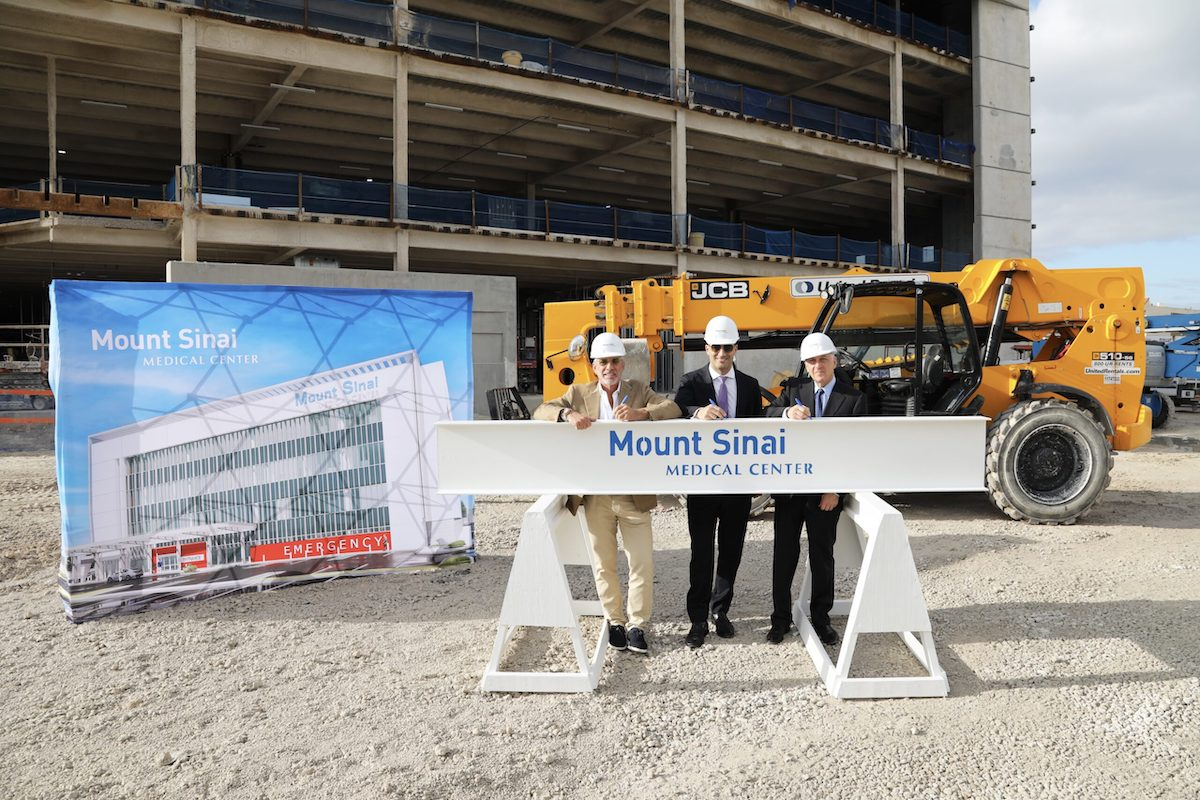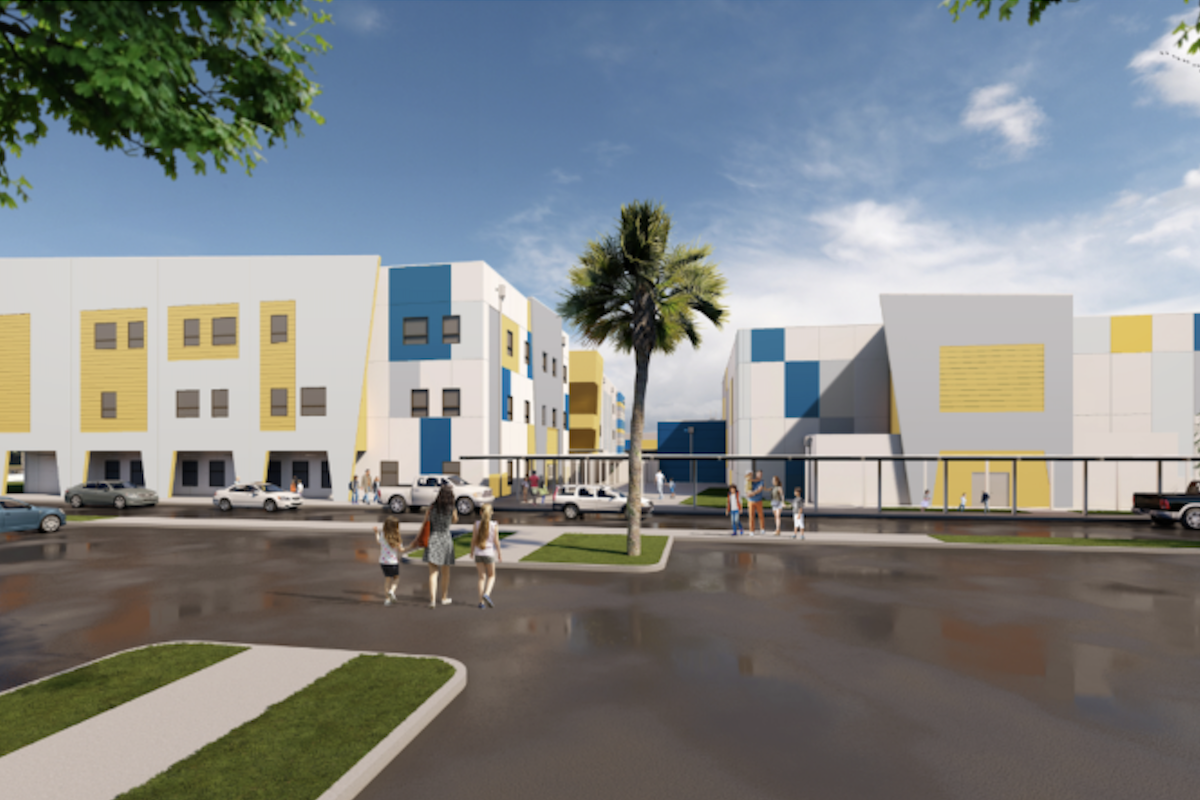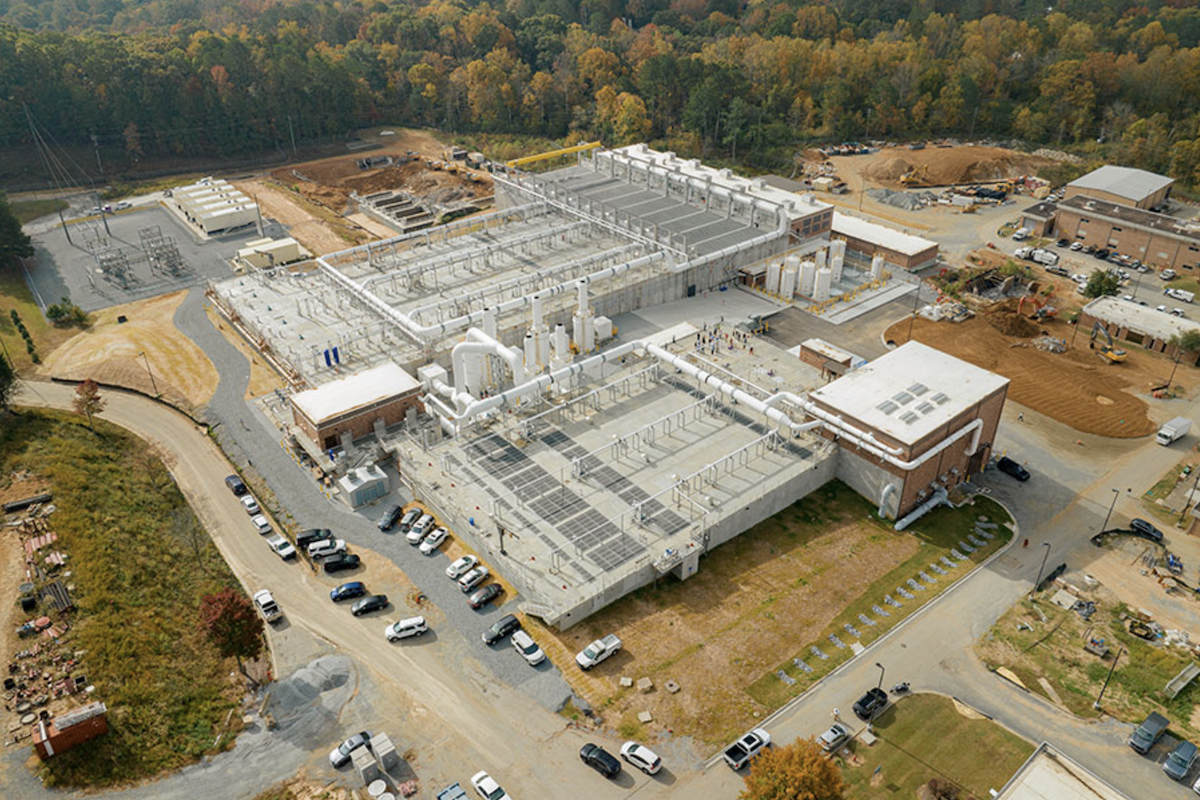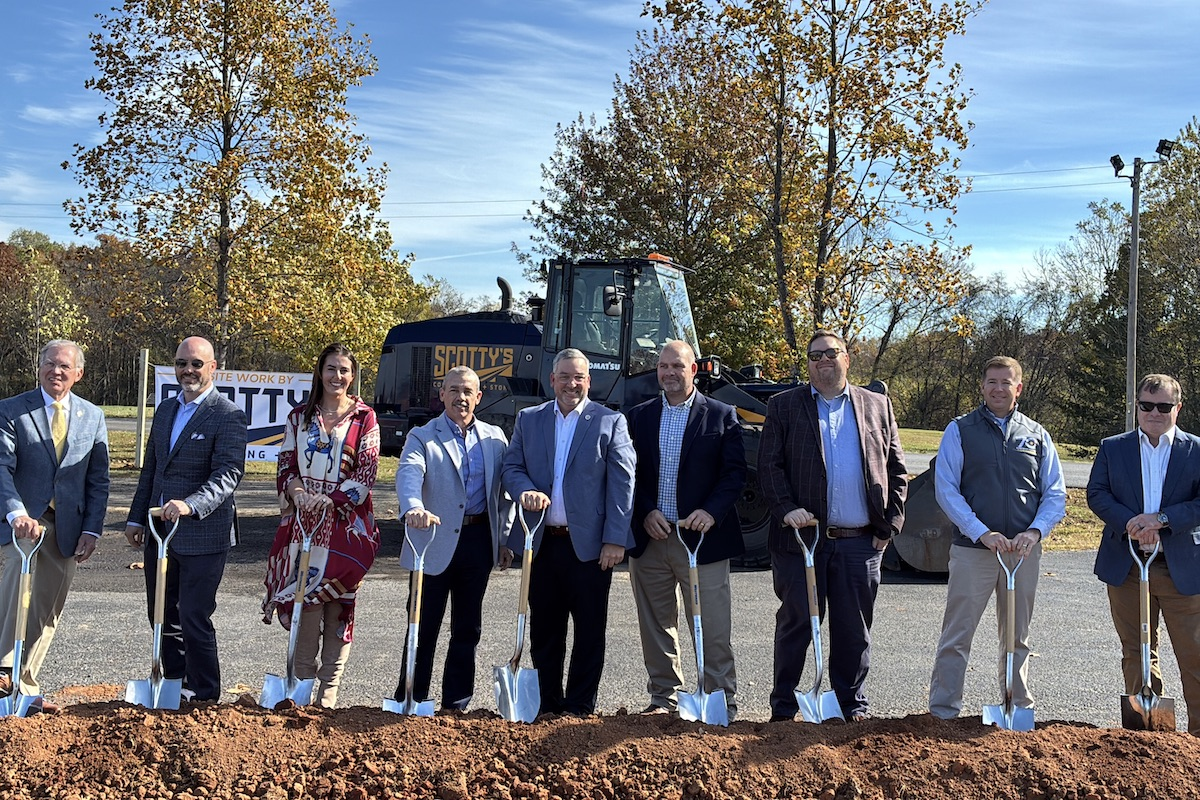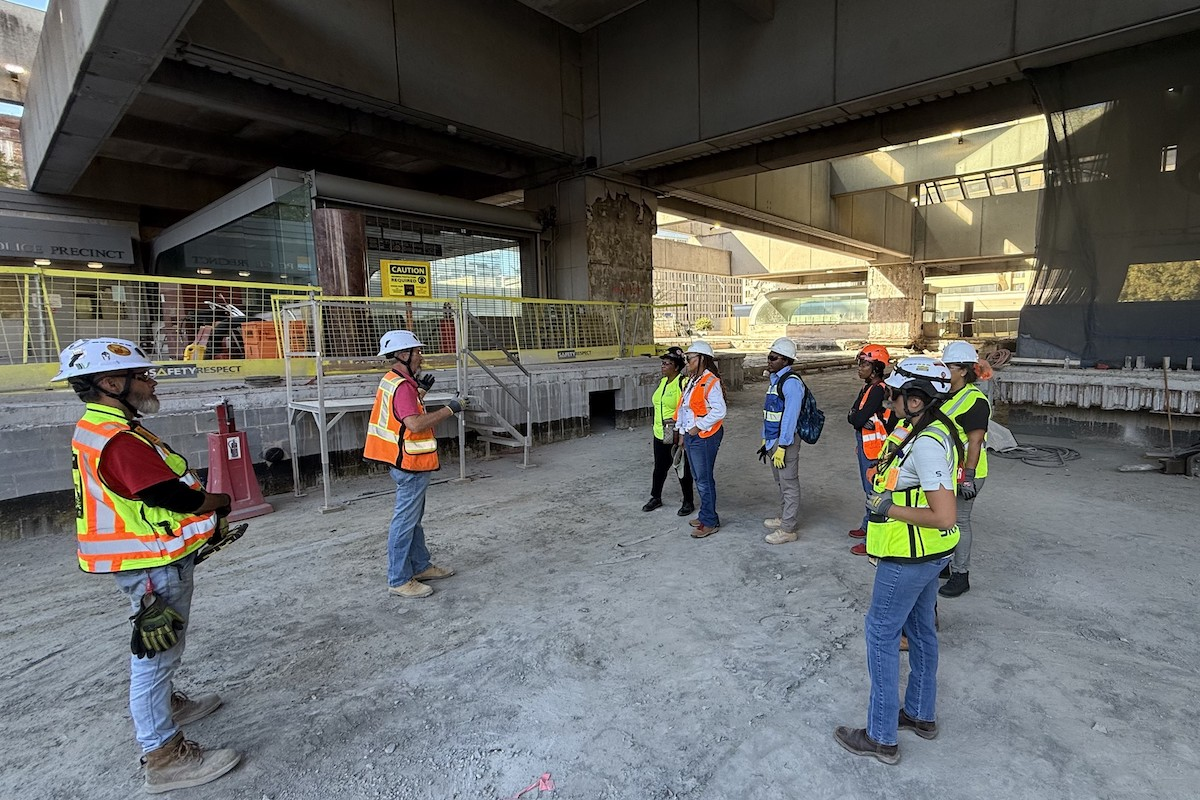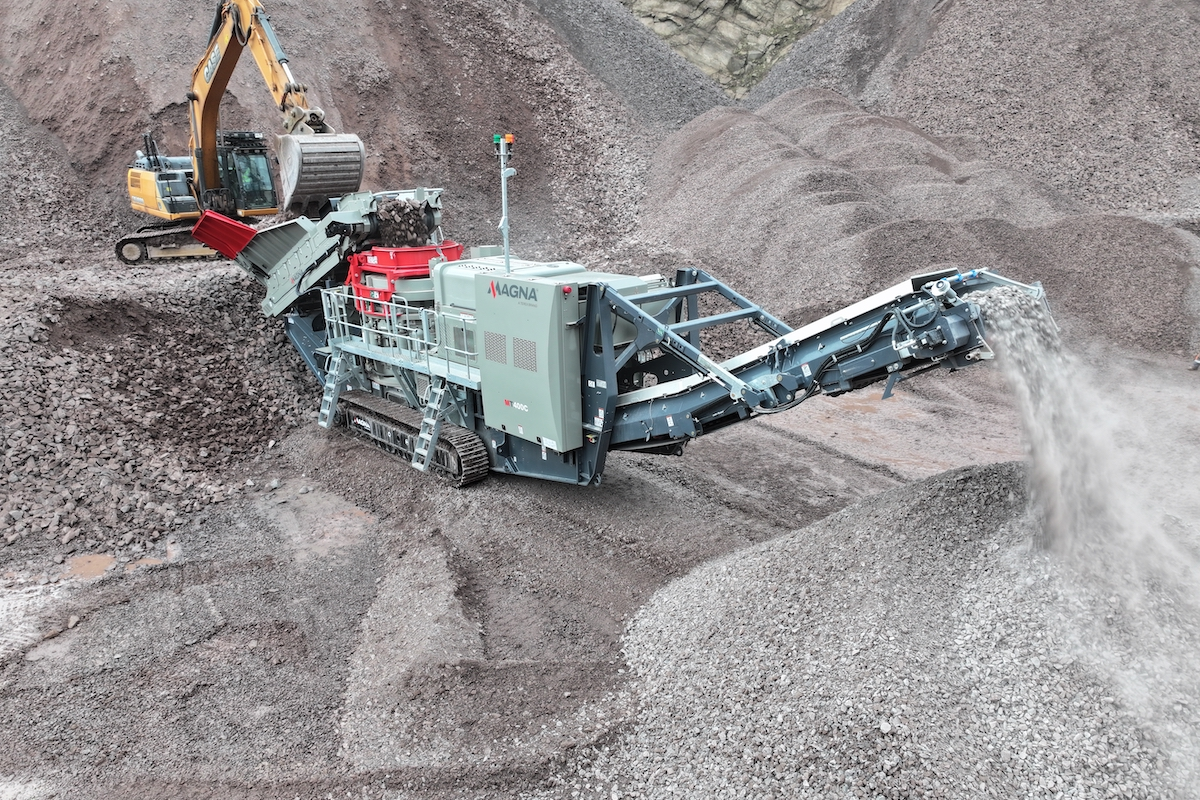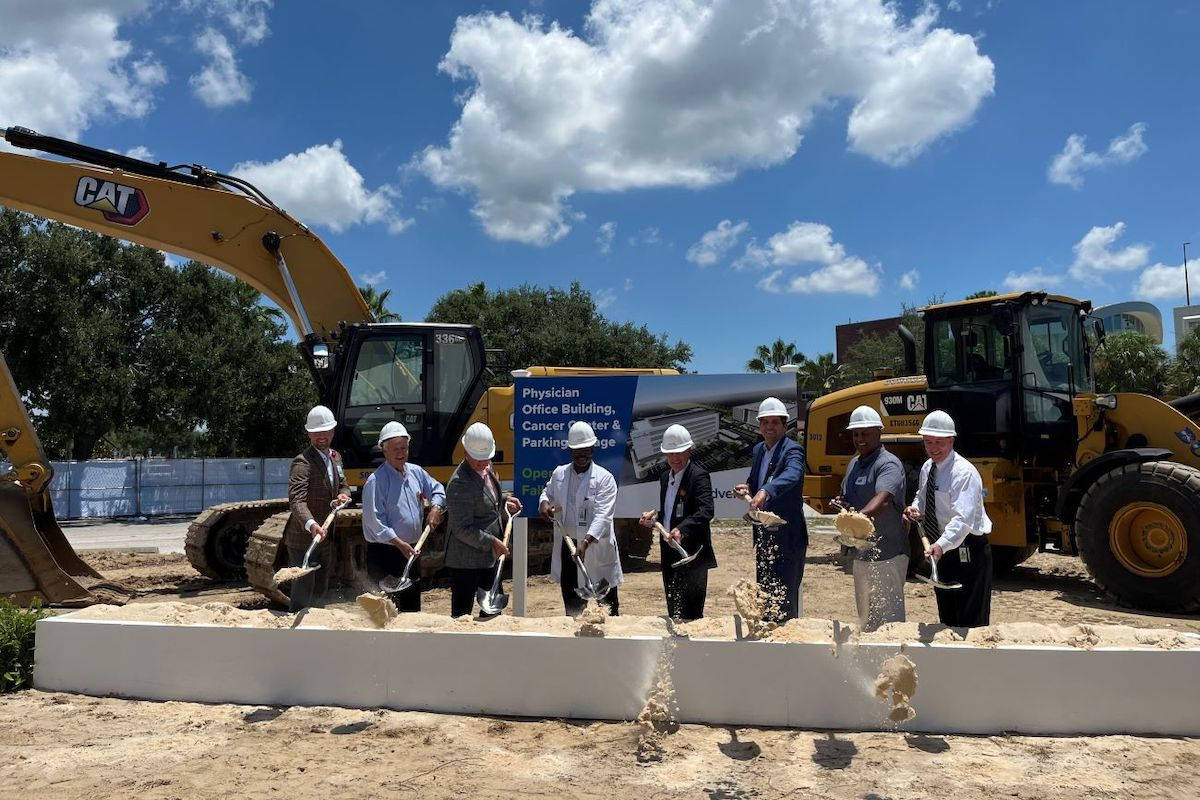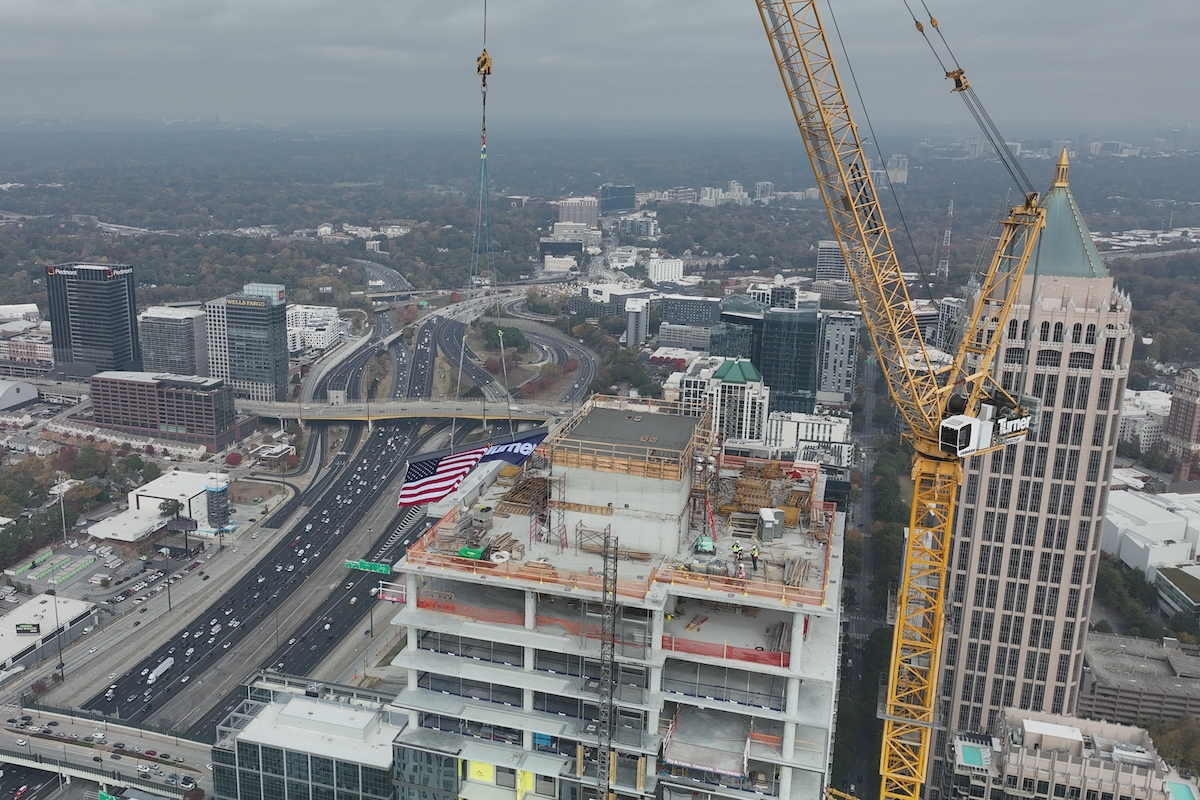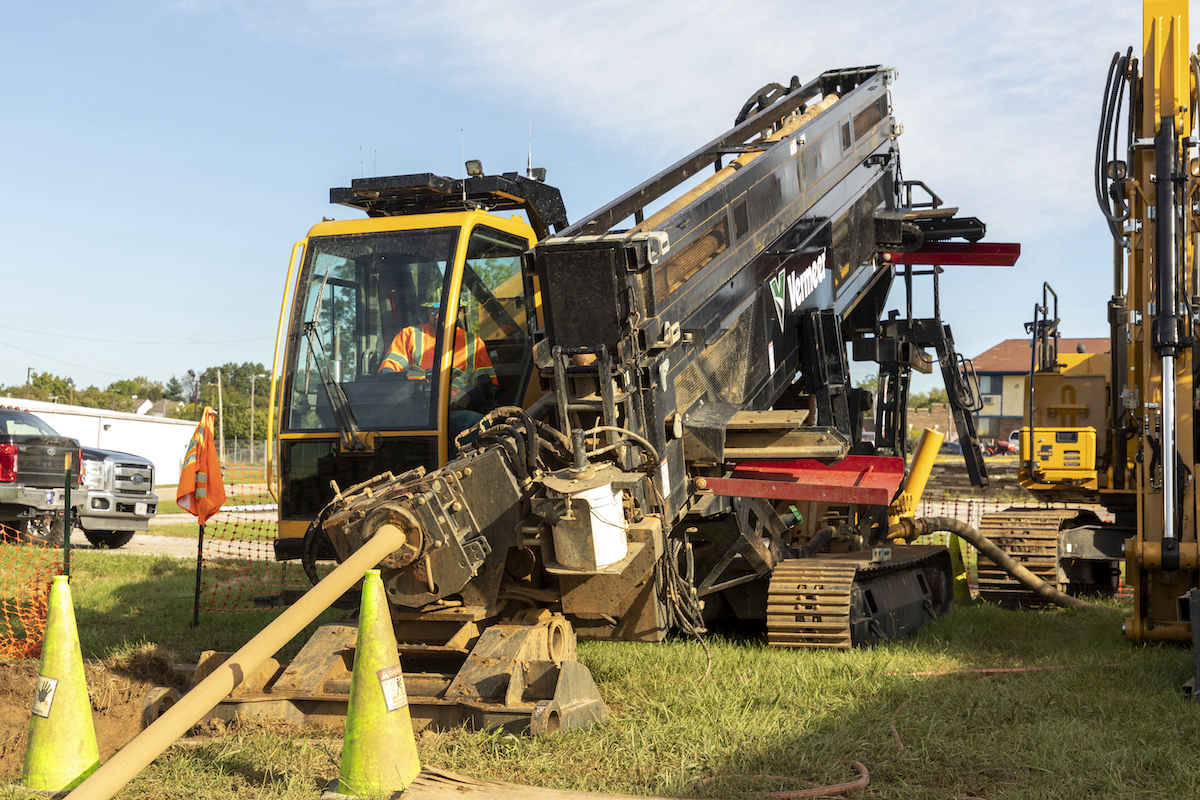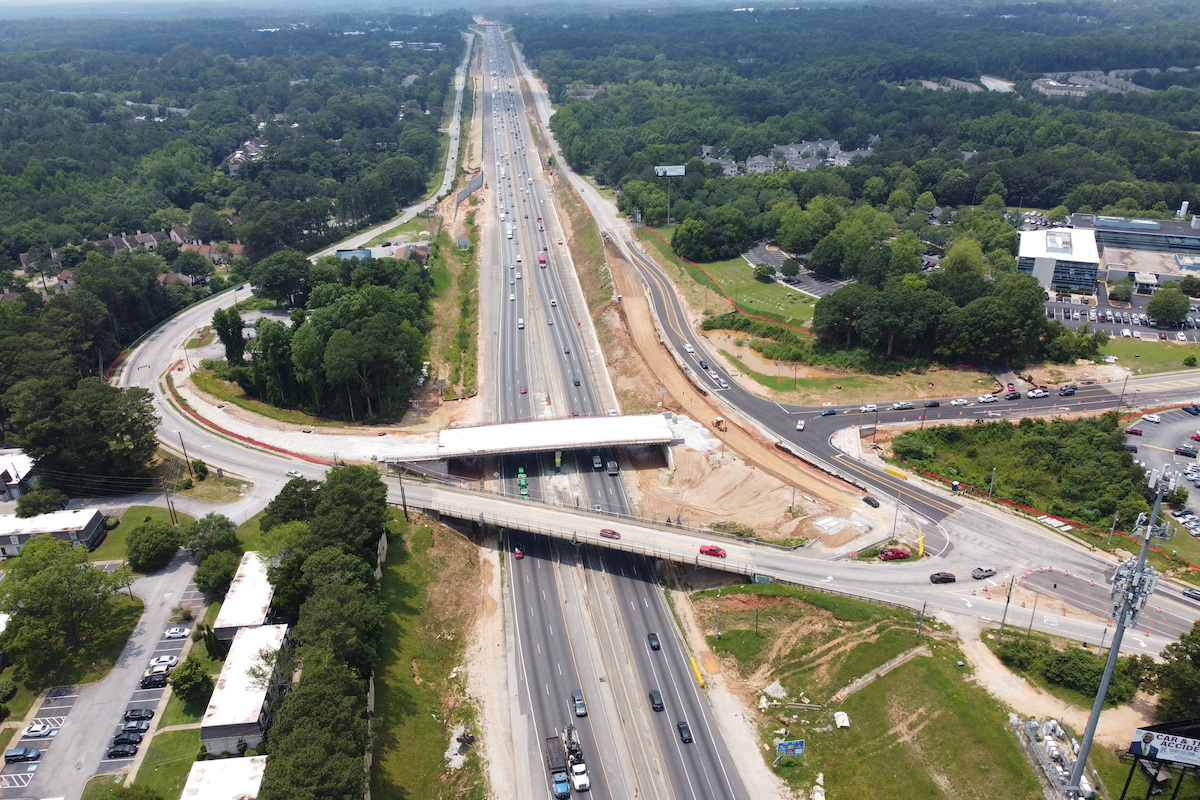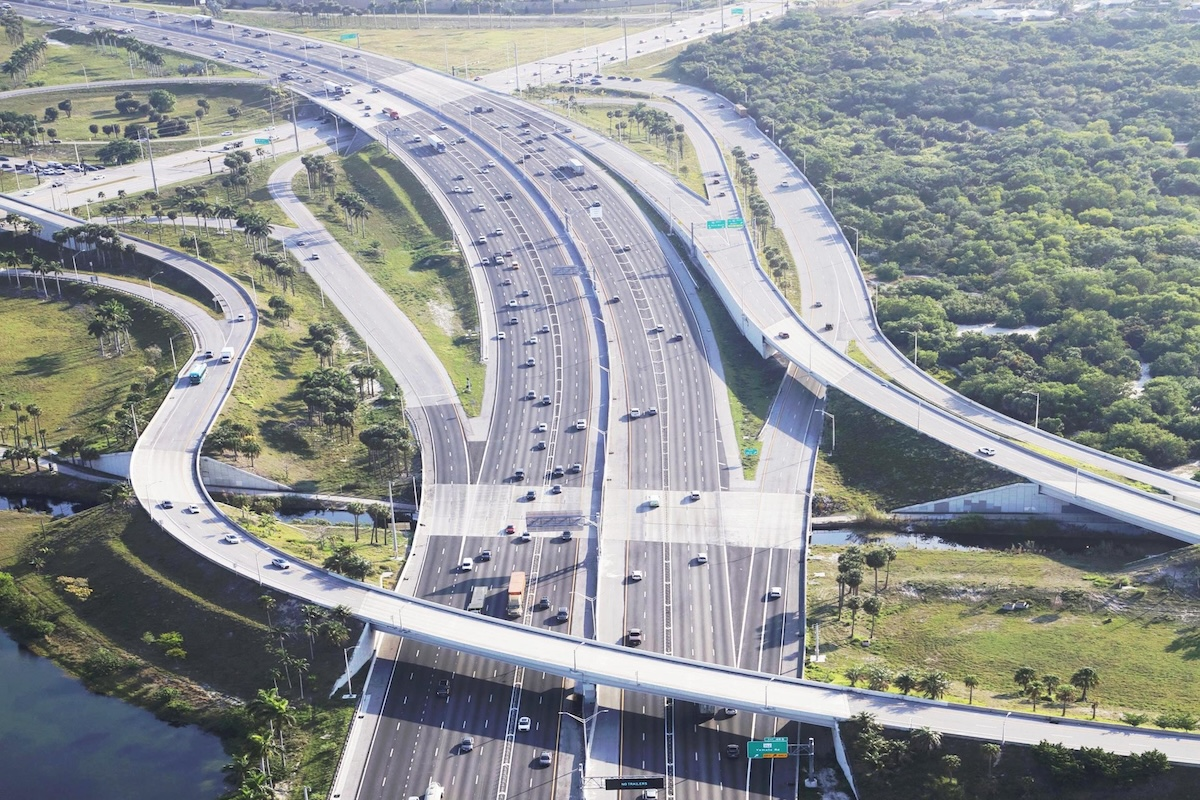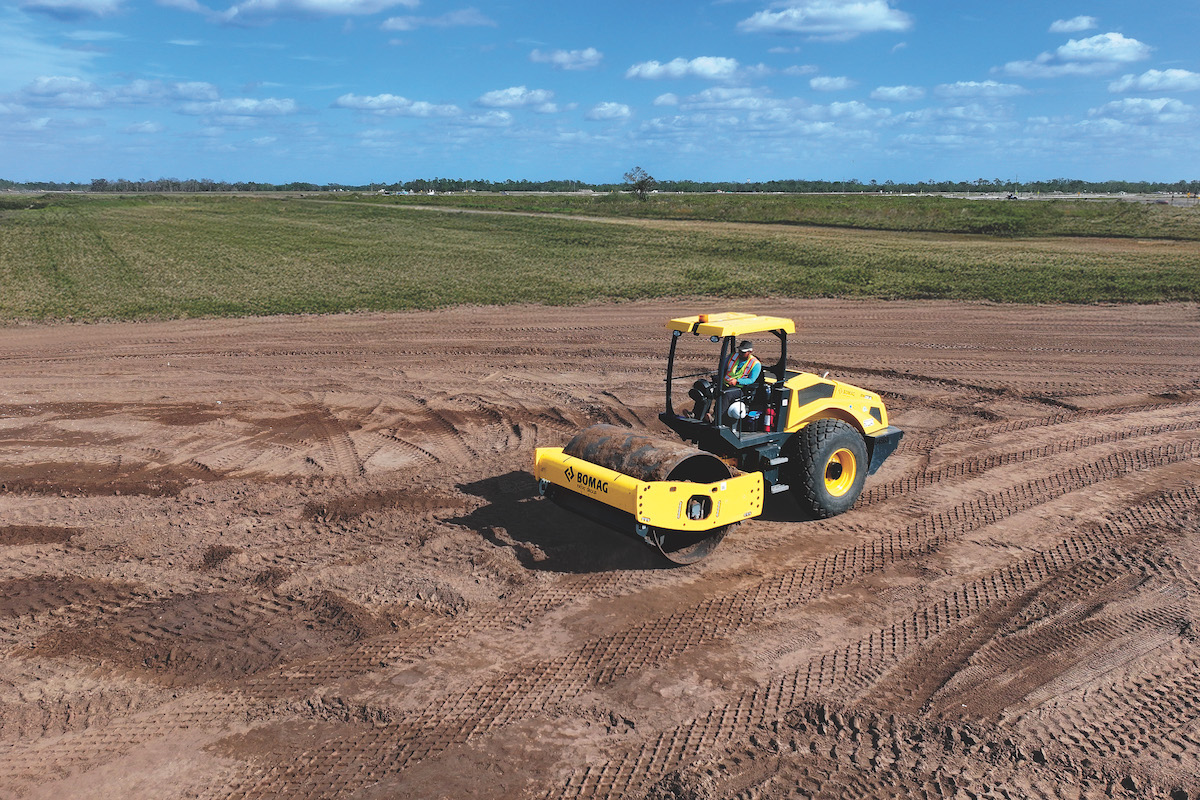In practice, that’s often not how it works out. In fact, an entire industry has sprung up where general contractors analyze the design to find flaws or limited details in documentation, which they then parlay into delivering for a lower cost. And while this “finding fault” model can reduce capex, in the long run, it significantly increases opex because of the extra time and cost required to fix all those issues, adding as much as 21 percent to project costs according to a Journal of Engineering study.
The industry would be far better off if it could figure out how to deliver a “constructible” design the very first time. Thankfully, with the assistance of AI, that’s a goal that can finally be met.
Every stakeholder needs access to current information about materials and pricing throughout the design and build process, and that includes pre-construction. Would Toyota design a new car without a thorough understanding of the availability and pricing of components or the manufacturing process that would be used to produce the vehicles? But that’s exactly how it works today in construction. Designers deliver instructions via PDF drawings, (ironically developed in a BIM platform) on how to build a structure without any idea of how it will be actually built or whether the components are actually available at a price that won’t throw the entire project out of budget.
Designers are doing the best they can with what they have – they want their designs to be realized efficiently, on time and within budget – but they’re working in the dark. Unless they can access sufficient, accurate information early in the process, they can’t overcome construction and supply chain challenges that they don’t know exist.

| Your local Wirtgen America dealer |
|---|
| Beard Equipment Co - AL |
| Tractor & Equipment |
This information gap makes pre-construction one of the most fruitful places to streamline and create more efficiencies across the entire design and construction process. After all, in D&C and other contracts, all stakeholders have to devote significant resources, money and time to managing the pre-construction process, and the output from pre-construction has far reaching effects all the way downstream.
All projects, not just D&C contracts, should adopt a product approach to construction that takes full advantage of modern AI and data technologies to identify, gather and share accurate information so that GCs will receive a design that requires far fewer changes than is ordinarily the case. This is “process as a product” in a nutshell, as it leverages automation to take design intent in both two and three-dimension geometries and automatically combine it with relevant cost, design, and data that it pulls from a variety of sources. With this information in hand, issues such as components unavailability or sudden pricing changes can be addressed early, when it’s easy and inexpensive to do so.
All that data that AI finds and grabs won’t be of much use unless it gets to the people who can change the design in time to have an impact. So, in concert with AI, organizations need to have strong computational tools in place that make that data available so designers can readily apply their expertise and experience where it matters. Multi-criteria data analyses should provide critical data such as:
- Materials pricing and availability
- The logistics of transporting and storing materials
- Resource and labor requirements for realizing design elements on-site
Enabling true Design for Constructability requires a combination of AI/machine learning with computational tools that provide current, accurate data in a useful format so designers can immediately put it to good use. With these technologies properly deployed, the need for a “finding fault” business model evaporates, because GC will receive designs that are ready to be built without requiring change after change to make it something that can actually be constructed.

















